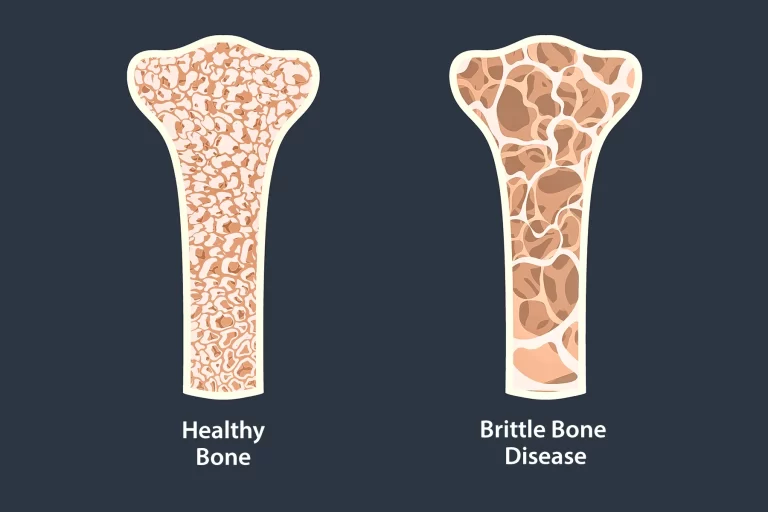
There remain thousands of questions that have not been solved scientifically. They are called mysteries. At the same time, a number of questions have been asked over and over again despite that they have well-established, simple solutions. Among them is the one I have long had, “how to keep my desk clean”. Everyone knows all he/she has to do is to put things away after he/she used them. Yet, we can find tons of articles on Google which introduce tips to keep our desks organized. I personally feel as if these kinds of questions are the true “mysteries” that need to be tackled. If existing solutions do not work, then I have to find another. Thus, from the beginning of April, taking advantage of the extra time I have, I started to work to figure out the best way to keep my desk clean.
Firstly, let me explain what my desk looks like. The width of the table is about 75cm long, and the length is 60cm long. Since I got my desk more than 10 years ago, I have put a world map on the desk. As I got busier, I also put a calendar not to miss any events. The shelf attached to the desk is filled with textbooks and notebooks I often use, as it is reachable without standing. Due to the current school closure, I have to manage a lot of textbooks on my own, which exacerbates the messiness of my desk.
The first thing I did was to clean the desk (Day 0). I removed a pile of sheets of paper that were used for studying math and physics. I put away all the textbooks on the desk to designated shelves to make sure there are only a digital clock, a pencil case, and a To-Do List on the aforementioned map and a calendar on the desk.
To analyze what makes the desk messy, I decided to take photos of my desk every day at 3 p.m. This is the time I usually come back home after taking a walk. Here, some would argue that taking photos could encourage me to keep my desk organized. However, taking photos does not take time and effort, especially in the current situation where I frequently use a smartphone to take the online classes. Also, I paid extra attention not to clean my desk just before taking a photo. I did not tidy up the desk after taking a photo, of course.
The first two days showed little change from Day 0. The photo shows a pencil left on the desk on Day1, but nothing was on the desk on Day 2. Day 3 showed a minor change, a notebook and some pencils put on the desk. In the picture taken on Day 4, I could find three notebooks and a textbook pile up on the right part of the desk. By the time I went to bed that night, I out another book on the pile. The pile of books did not disappear succeeding days, and I stop taking photos on Day7 to analyze what action made the desk messy and what strategies could be taken.
By reflecting on what happened during this period, I found that the desk rapidly became messy after I left something on the desk, especially on which I can put something else. The higher a pile of textbooks got, the more difficult and troublesome it got to put them away. Moreover, only one notebook encourages me to put another one on it. This phenomenon is extremely similar to the psychology of those who litter. ENCAMS, an environmental protection group in England, classifies it into five different states; Beautiful Behaved, Justifier, Life’s too short and am I bothered?, Guilty, and Blamer. I believe “justifier” is exactly what is happening to me. I feel it is right to put something on the desk if there is already a notebook. Figuring out that I should prevent myself from putting something on the desk in the first place, I wrote down in the capital letter saying, “DO NOT PUT NOTEBOOK” and put the paper on the desk. I resumed to take a photo of my desk at 3 p.m. (Day 8)
This strategy did not work for me at all. On Day 9, after I happened to put some sheets of paper after studying physics in the morning, the “precautionary statement” went unseen. Once some notebooks are put on the desk again on the next day, the pile of books immediately got higher and higher, which forced me to reconsider the strategy to keep the desk organized.
Confirming that the warning on the paper does not play any role, I tried removing the map and the calendar for the first time in my life (Day 12). The desk was made of wood, so when I removed them, what I see was only the brown, smooth cedar board. The result was striking. There was not one notebook on Day 17, after five days from Day 12. More surprisingly, there is no pile of books today!
I believe the first impression I got when I removed my beloved map is the key to this result. Just by removing the map, I felt as is the desk became twice as big as it had used to be. This clearly shows that the map itself was the “something” that led to the messy desk. In other words, the colorful map was the very thing that encouraged me to put a notebook on the desk.
To sum up, the best way to keep my desk organized is not to put ANYTHING on the desk. Through this one-month experience, I not only figured out the solution to keep the desk clean but also learned a very important lesson; just because something has long been there does not mean it is useful. If I want to change something, it is very important to question the environment that I have taken for granted.
By Hana Matsuda, Japan


